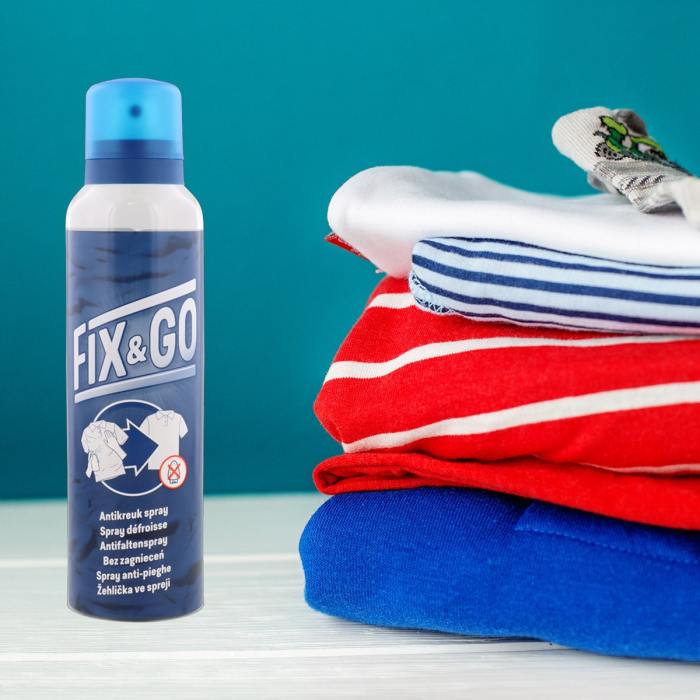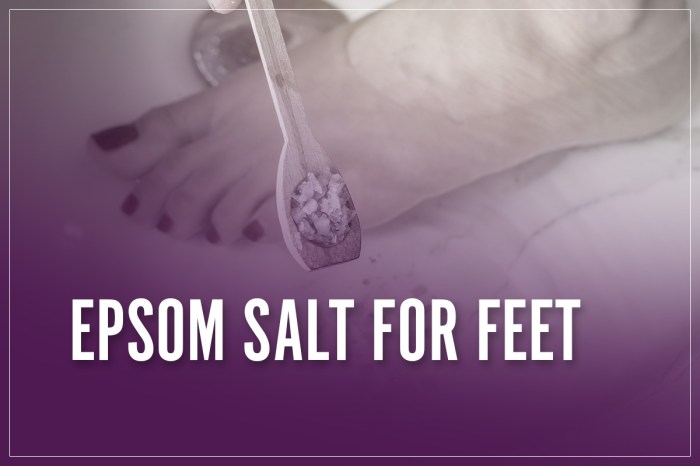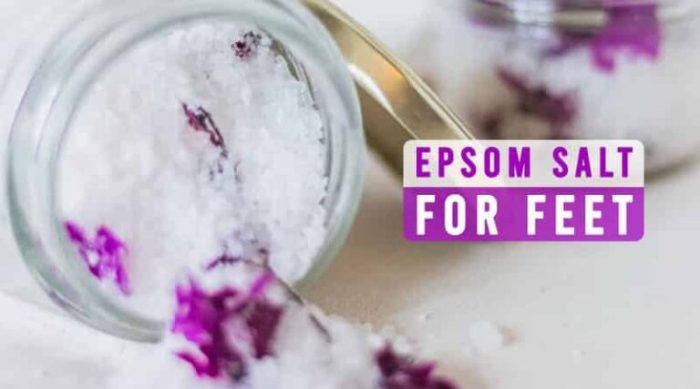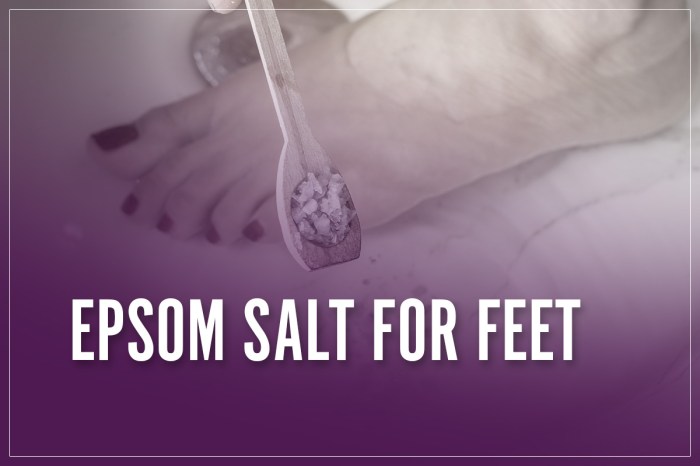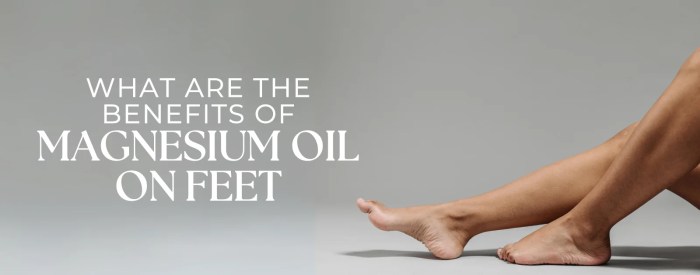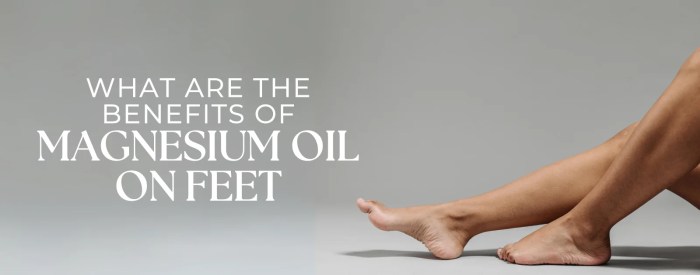How to fix ingrown toenail? This comprehensive guide dives into the world of ingrown toenails, offering insights into causes, symptoms, and effective treatment options. From simple home remedies to professional procedures, we’ll explore every aspect of managing and preventing this common foot ailment. Understanding the different types of ingrown toenails and their characteristics is crucial for choosing the right approach.
Learn when self-care is sufficient and when professional help is necessary.
This guide provides a detailed overview, covering everything from the initial stages of diagnosis to advanced treatment options and preventative measures. We’ll look at various home remedies, comparing their effectiveness and potential risks. Professional treatments like debridement and surgical procedures will be thoroughly examined, and a comparison table will aid in understanding their suitability for different cases. The importance of regular foot care and proper footwear will also be emphasized, allowing you to make informed decisions about your foot health.
Introduction to Ingrown Toenails: How To Fix Ingrown Toenail

Ingrown toenails, a common foot ailment, occur when a nail edge grows into the soft flesh surrounding the nail. This can be incredibly painful and, if left untreated, lead to significant discomfort and even infection. Understanding the causes, symptoms, and potential complications is crucial for early diagnosis and effective treatment. Early intervention often prevents more serious issues.The primary cause of ingrown toenails is often improper nail trimming.
Cutting nails too short, or in a way that creates a sharp edge, forces the nail to grow into the surrounding skin. Other contributing factors include ill-fitting shoes, heredity, and certain medical conditions. Proper nail care, along with appropriate footwear, plays a significant role in preventing this issue.
Causes of Ingrown Toenails
Improper nail trimming, often by cutting the nail too short or creating a sharp edge, is a common culprit. Tight or ill-fitting shoes can also contribute by placing pressure on the toenail, forcing it to grow into the surrounding skin. Certain medical conditions, like diabetes or poor circulation, can also increase the risk of developing ingrown toenails. Hereditary factors can also play a role.
Symptoms of Ingrown Toenails
The primary symptom is pain, often described as throbbing or sharp, around the affected toenail. Redness, swelling, and inflammation are common indicators. In some cases, the skin around the ingrown nail may become tender and sore. Pus or a foul odor may indicate an infection. It’s crucial to note that the severity of symptoms can vary, depending on the individual and the extent of the ingrown nail.
Types of Ingrown Toenails
Different types of ingrown toenails present unique characteristics. Identifying the type can help determine the most appropriate treatment.
| Type | Description | Symptoms | Treatment |
|---|---|---|---|
| Lateral | The nail edge grows into the skin on the side of the toe (lateral). | Pain, redness, swelling, possible tenderness along the side of the toe. | Often treated with a simple nail trimming or a referral to a podiatrist for more complex cases. |
| Medial | The nail edge grows into the skin on the inner side of the toe (medial). | Pain, redness, swelling, possible tenderness along the inner side of the toe. | Similar to lateral ingrown toenails, treatment can range from simple nail trimming to professional intervention. |
Potential Complications of Untreated Ingrown Toenails
Untreated ingrown toenails can lead to a range of complications, including:
- Infection: The affected area can become infected, causing pus, swelling, and severe pain. This infection may spread to other parts of the body.
- Abscess Formation: A localized collection of pus can form under the toenail, requiring drainage and potentially antibiotics.
- Chronic Pain: Persistent pain and discomfort can significantly impact daily activities.
- Deformity: In severe cases, the ingrown toenail can cause permanent damage to the surrounding tissues, potentially leading to toe deformity.
Home Remedies and Self-Care

Dealing with an ingrown toenail can be frustrating, but sometimes simple home remedies can provide relief. Understanding when these methods are suitable and when professional help is crucial is key to effective management. This section will explore common home remedies, outlining their potential benefits and drawbacks, and guiding you through safe self-care practices.Mild ingrown toenails often respond well to at-home treatments.
However, if pain is severe, persists for several days, or is accompanied by redness, swelling, or pus, seeking professional medical attention is essential. Ignoring these symptoms could lead to complications.
Soaking and Padding
Proper soaking and padding can alleviate discomfort and promote healing. These methods are often the first steps in managing mild ingrown toenails.
- Soaking: Regularly soaking the affected foot in warm, soapy water can soften the surrounding skin, making it easier to gently push back the ingrown nail. This process helps reduce inflammation and pain. Soaking for 15-20 minutes several times a day can be very helpful. Ensure the water is not excessively hot, to avoid burns.
- Padding: Using soft padding or moleskin to protect the ingrown nail edge can help prevent further irritation and pressure. This can prevent the nail from digging into the surrounding skin. Use materials that are breathable and comfortable, to avoid further skin issues.
Proper Home Care Techniques
Following a structured approach to home care can significantly improve the healing process for an ingrown toenail.
- Hygiene: Maintaining good hygiene around the affected area is essential. Clean the area with mild soap and water after each soak. Ensure the area is completely dry after soaking.
- Gentle Nail Care: Gently push back the skin surrounding the ingrown nail. This should be done with care, using a cuticle pusher. Avoid forceful or aggressive maneuvers to prevent further irritation or injury.
- Nail Trimming: Trim the affected toenail straight across, avoiding sharp or jagged edges. This helps prevent the nail from digging into the skin. Use sharp, clean nail clippers.
- Anti-inflammatory Measures: Applying a cold compress or ice pack to the affected area can help reduce swelling and pain. Follow this with a warm compress to further reduce inflammation.
- Observation: Regularly monitor the affected area for any signs of worsening symptoms. These could include increased pain, swelling, redness, or discharge. If any of these occur, seek professional medical advice immediately.
Pros and Cons of Home Remedies
Home remedies for ingrown toenails can be effective for mild cases. However, they may not be suitable for all situations.
| Home Remedy | Pros | Cons |
|---|---|---|
| Soaking | Reduces inflammation, softens skin, promotes healing. | Can be time-consuming, requires patience. |
| Padding | Protects the ingrown nail edge, prevents further irritation. | May not address the root cause of the problem. |
| Gentle Nail Care | Improves comfort, prevents pressure on the skin. | Requires careful technique to avoid further injury. |
Home remedies can be a good initial step for mild cases, but it’s important to recognize their limitations. If symptoms worsen or don’t improve, professional medical attention is necessary.
Professional Treatment Options
When home remedies and self-care strategies prove insufficient, professional intervention becomes necessary for addressing ingrown toenails. Professional treatment options offer more effective and targeted approaches to alleviate pain and prevent long-term complications. These methods vary in their invasiveness and recovery time, making it crucial to understand the potential benefits and risks of each.
Debridement
Debridement is a common procedure for treating ingrown toenails. It involves carefully removing the portion of the nail that is causing the ingrown problem. This is often done using small instruments, such as a scalpel or nippers, under local anesthesia. Debridement aims to remove the offending portion of the nail, allowing the nail to grow correctly in the future.
Dealing with an ingrown toenail can be a real pain! Soaking your foot in warm water and gently pushing the nail back can sometimes help. However, if the pain persists, seeking professional advice is crucial. Interestingly, some methods for regulating your menstrual cycle, like taking Provera, might seem unrelated, but they can have a bearing on overall health.
To learn more about getting your period on Provera, check out this helpful resource: getting your period on provera. Regardless of your method, remember to always follow a doctor’s advice and instructions for toenail care.
This method is generally considered a less invasive option than other surgical approaches, making it suitable for many individuals.
Nail Avulsion, How to fix ingrown toenail
Nail avulsion, also known as nail removal, involves completely removing the affected nail plate. This is often a more aggressive approach than debridement, typically reserved for cases where the ingrown toenail is severe or recurrent. A nail avulsion may involve removing the entire nail matrix, the part of the nail responsible for growth. This procedure can lead to a longer recovery time compared to debridement, and there’s a possibility of increased sensitivity or nail regrowth issues in the future.
Surgical Procedures
Surgical procedures for ingrown toenails are more extensive and are usually reserved for chronic cases or when other treatments have failed. These procedures may involve removing a portion of the nail matrix or even the entire nail bed. This type of treatment provides a definitive solution, potentially preventing future ingrown toenails. However, there’s a higher risk of complications, including infection, nerve damage, and the possibility of a deformed nail bed.
Recovery time is usually longer with surgical procedures.
Comparison of Treatment Options
| Treatment | Pros | Cons | Suitable for |
|---|---|---|---|
| Debridement | Generally less invasive, quicker recovery time, lower risk of complications, less expensive. | May not be effective for chronic or severe cases, potential for recurrence, requires follow-up care. | Individuals with mild to moderate ingrown toenails, those seeking a less invasive option, and those with a good prognosis for successful nail regrowth. |
| Nail Avulsion | Potentially effective for chronic or severe ingrown toenails, can prevent recurrence. | Longer recovery time, increased risk of complications (infection, nerve damage, abnormal nail regrowth), more expensive. | Individuals with recurring ingrown toenails or those whose condition is unresponsive to other treatments. |
| Surgical Procedures | Definitive solution for severe cases, high success rate in preventing future recurrences. | Highest risk of complications, longest recovery time, most expensive. | Individuals with severe, chronic, and recalcitrant ingrown toenails who have not responded to less invasive procedures. |
Prevention Strategies
Ingrown toenails, a common foot ailment, can be largely prevented with proactive measures. Understanding the contributing factors and implementing preventative habits can significantly reduce the risk of developing this painful condition. Consistent foot care, proper footwear, and mindful toenail trimming are key elements in the arsenal against ingrown toenails.Proper foot care and consistent habits are essential in preventing ingrown toenails.
The delicate balance between healthy nail growth and the surrounding skin plays a crucial role in maintaining toenail health. Implementing preventative measures can significantly reduce the likelihood of encountering this common issue.
Proper Footwear Selection
Choosing the right footwear is crucial for preventing ingrown toenails. Tight-fitting shoes, especially those with narrow toe boxes, can exert excessive pressure on the toenails, increasing the risk of them curving inwards. Open-toed shoes and sandals, while stylish, can also expose the toes to injury, increasing the risk of an ingrown toenail. Comfortable, well-fitting shoes with adequate toe space are recommended.
Consider shoes made from breathable materials like leather or mesh, as these materials promote airflow and prevent excessive sweating around the toes.
Toenail Trimming Techniques
Correct toenail trimming plays a vital role in preventing ingrown toenails. Cutting toenails straight across, rather than in a rounded or pointed shape, helps avoid creating an angle that can cause the nail to grow into the surrounding skin. Filing the edges of the nail can also help smooth out any sharp corners that might contribute to irritation.
Avoid cutting the nails too short, as this can also increase the risk of ingrown toenails.
Dealing with an ingrown toenail can be a real pain! Soaking the affected foot in warm water and Epsom salts can help soften the skin. However, if the pain persists, you might want to consider other solutions like using a special toenail protector or even seeking professional help. It’s important to remember that if your child is experiencing flu symptoms, like a fever or cough, it’s crucial to consult a doctor immediately.
Knowing the right way to treat ingrown toenails is vital for comfort, and checking for other issues like flu symptoms in children is also important for proper health care. Finally, remember to always prioritize proper foot care to avoid future ingrown toenails. flu symptoms in children
Regular Foot Care Checklist
Consistent foot care is a cornerstone of preventing ingrown toenails. This routine should encompass several key elements, including proper hygiene and regular inspection. The checklist below offers a practical approach to preventative measures.
- Daily Foot Washing: Washing your feet daily with soap and warm water is crucial to remove dirt, debris, and bacteria. This helps maintain hygiene and prevents the growth of fungi or other irritants.
- Regular Nail Inspection: Regularly examine your toenails for any signs of abnormalities. Look for signs of redness, swelling, or any unusual curvature. Early detection allows for prompt intervention.
- Appropriate Toenail Trimming: Trim toenails straight across, avoiding sharp edges or pointed shapes. Avoid cutting the nails too short.
- Proper Footwear Selection: Choose well-fitting shoes that provide ample toe space and avoid tight-fitting or pointed styles.
- Moisturizing: Keeping your feet moisturized can help prevent dryness and cracking, which can increase the risk of injury and infection.
- Regular Foot Massage: Gently massaging your feet can improve circulation and promote overall foot health.
- Professional Foot Care: Consider regular professional foot care, especially if you have existing foot conditions or concerns.
Importance of Regular Foot Care
Regular foot care isn’t just about preventing ingrown toenails; it’s about maintaining overall foot health. Healthy feet are crucial for daily activities, and proper care reduces the risk of a multitude of foot problems. A comprehensive foot care routine encompasses a range of practices, promoting circulation, preventing dryness, and protecting the nails from injury.
When to See a Doctor
Ingrown toenails, while often manageable at home, can sometimes lead to serious complications. Knowing when to seek professional medical attention is crucial for preventing infection and ensuring proper healing. Ignoring warning signs can result in prolonged discomfort, increased pain, and potentially more significant health issues.Seeking medical help for an ingrown toenail isn’t about weakness; it’s about prioritizing your health and well-being.
A doctor can provide accurate diagnoses, tailored treatments, and prevent further complications that might arise from delaying care. Understanding the criteria for professional intervention empowers you to make informed decisions about your foot health.
Warning Signs Requiring Immediate Medical Attention
Early intervention is key to preventing complications from ingrown toenails. Recognizing the warning signs of infection or severe discomfort is vital for timely medical care. Symptoms such as increasing pain, swelling, redness, pus, or a foul odor are clear indicators of infection. These conditions warrant immediate medical attention to prevent further complications.
Criteria for Seeking Professional Help
Several factors influence the decision to seek professional help. Persistent pain that interferes with daily activities, a visible infection, or a temperature of 100.4°F (38°C) or higher are strong indicators of needing professional medical intervention. The presence of fever, chills, or severe pain should never be ignored. These symptoms could signify a more serious underlying infection requiring medical treatment.
Factors Increasing the Risk of Complications
Certain factors elevate the risk of ingrown toenails developing complications. Diabetes, poor circulation, weakened immune systems, and existing foot conditions like hammertoe or bunions can significantly increase the risk of complications. Individuals with these conditions may experience slower healing or a greater susceptibility to infection, necessitating a more proactive approach to ingrown toenail management.
Urgent Situations Requiring Professional Help
In certain situations, professional help is urgently needed. A rapidly spreading infection, signs of cellulitis (a bacterial skin infection), significant swelling, and difficulty walking or bearing weight on the affected foot are urgent situations requiring immediate medical intervention. Drainage of pus, or a noticeable change in skin color around the ingrown toenail, should also be evaluated by a doctor without delay.
Dealing with an ingrown toenail can be a real pain! Soaking your foot in warm water and gently pushing the nail back can sometimes help. But for lasting relief, you might also want to consider how your overall health, including hormonal balance, could be playing a role. Learning how to balance hormones could have a surprising impact on your body’s ability to heal, and there are plenty of resources online like how to balance hormones.
Ultimately, a combination of these approaches, along with professional advice, will likely provide the most effective solution for resolving the ingrown toenail.
A doctor can diagnose and treat the underlying condition, preventing potential complications and promoting a speedy recovery.
Illustrative Examples
Ingrown toenails can manifest in various ways, making accurate diagnosis and tailored treatment crucial. Understanding different scenarios and successful outcomes can help individuals make informed decisions about their care. This section provides real-life examples and detailed descriptions of various ingrown toenail situations, along with techniques for toenail trimming and a comparison of footwear impacts.
Common Ingrown Toenail Scenarios
Ingrown toenails often develop due to improper toenail trimming. A common scenario involves the lateral edge of the toenail curving inward, causing pain and inflammation. Another scenario involves the nail growing into the skin at the base of the toenail, creating a painful and potentially infected area. In some cases, the nail may become thickened and deformed, further exacerbating the ingrown toenail issue.
Successful Treatment Examples
Numerous individuals have successfully treated ingrown toenails through a combination of home remedies and professional care. For instance, some patients have experienced significant pain relief and nail correction by using soaking solutions and applying antiseptic creams. Others have sought professional treatment, including nail avulsion or surgical procedures, which can provide long-term solutions in more severe cases.
Toenail Trimming Techniques
Proper toenail trimming is crucial in preventing ingrown toenails. Cutting the nail straight across, avoiding sharp angles or jagged edges, is a fundamental technique. Using appropriate toenail clippers and ensuring the nails are not cut too short is also essential. Avoid trimming the edges of the nail too close to the skin, as this can easily lead to ingrown nails.
Footwear and Ingrown Toenails
The type of footwear worn can significantly impact ingrown toenail prevention. Tight-fitting shoes, especially those that constrict the toes, can exert pressure on the toenails, increasing the risk of ingrown nails. Conversely, wider shoes with ample toe space provide more comfort and prevent the toenails from being compressed. Proper footwear selection is key to preventing ingrown toenails.
| Footwear Type | Description | Impact on Ingrown Toenails | Recommendation |
|---|---|---|---|
| Closed-toe shoes | Shoes with a covering over the toes, typically made of leather, fabric, or synthetic materials. | Can increase risk if the shoe is tight, constricting the toes and putting pressure on the toenails. | Choose shoes with ample toe space and avoid those that are too tight. Opt for well-fitting shoes and consider the impact of daily activities on the shoe’s fit. |
| Open-toe shoes | Shoes without a covering over the toes, often featuring straps or other designs. | Generally less likely to cause ingrown toenails if appropriately sized. | Ensure the shoe fits properly and provides adequate support to the toes. |
| High heels | Shoes with a high heel, often made of leather, fabric, or synthetic materials. | Can increase pressure on the toes and contribute to ingrown toenails, particularly if the heel is too high or the shoe is not properly fitted. | Choose shoes with a moderate heel height and prioritize a proper fit to avoid putting undue pressure on the toes. |
| Sandals | Shoes with an open top, typically made of leather, fabric, or synthetic materials, and often with straps. | Can cause ingrown toenails if not fitted correctly, potentially leading to friction and pressure on the toenails. | Select sandals that provide adequate support and a proper fit for the foot. |
Final Review
In conclusion, dealing with an ingrown toenail can be frustrating, but with the right knowledge and approach, you can effectively manage and even prevent this issue. By understanding the different types, causes, and treatment options, you’ll be better equipped to address your specific needs. Remember, early diagnosis and appropriate treatment are key to avoiding potential complications. This guide provides a comprehensive resource, empowering you to take control of your foot health and make informed decisions about your care.
